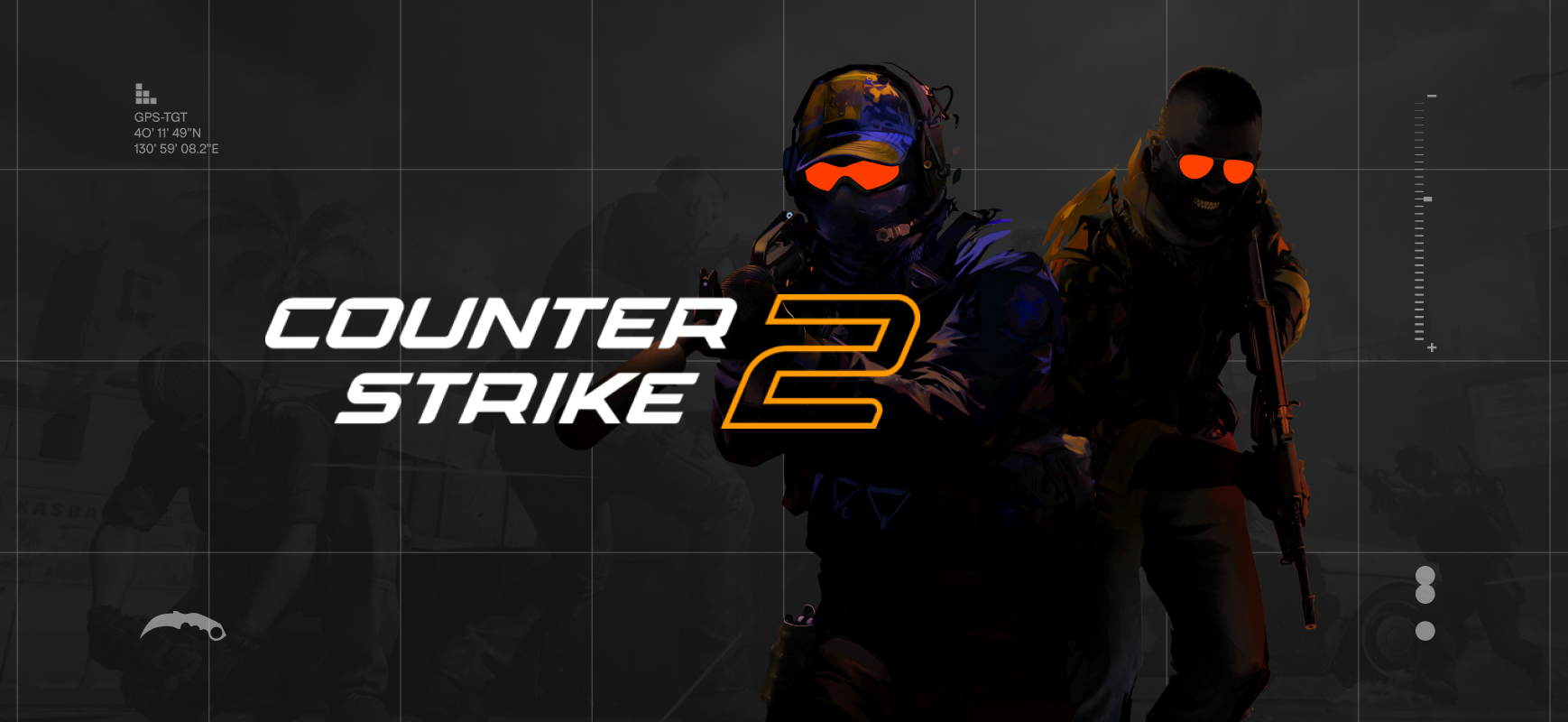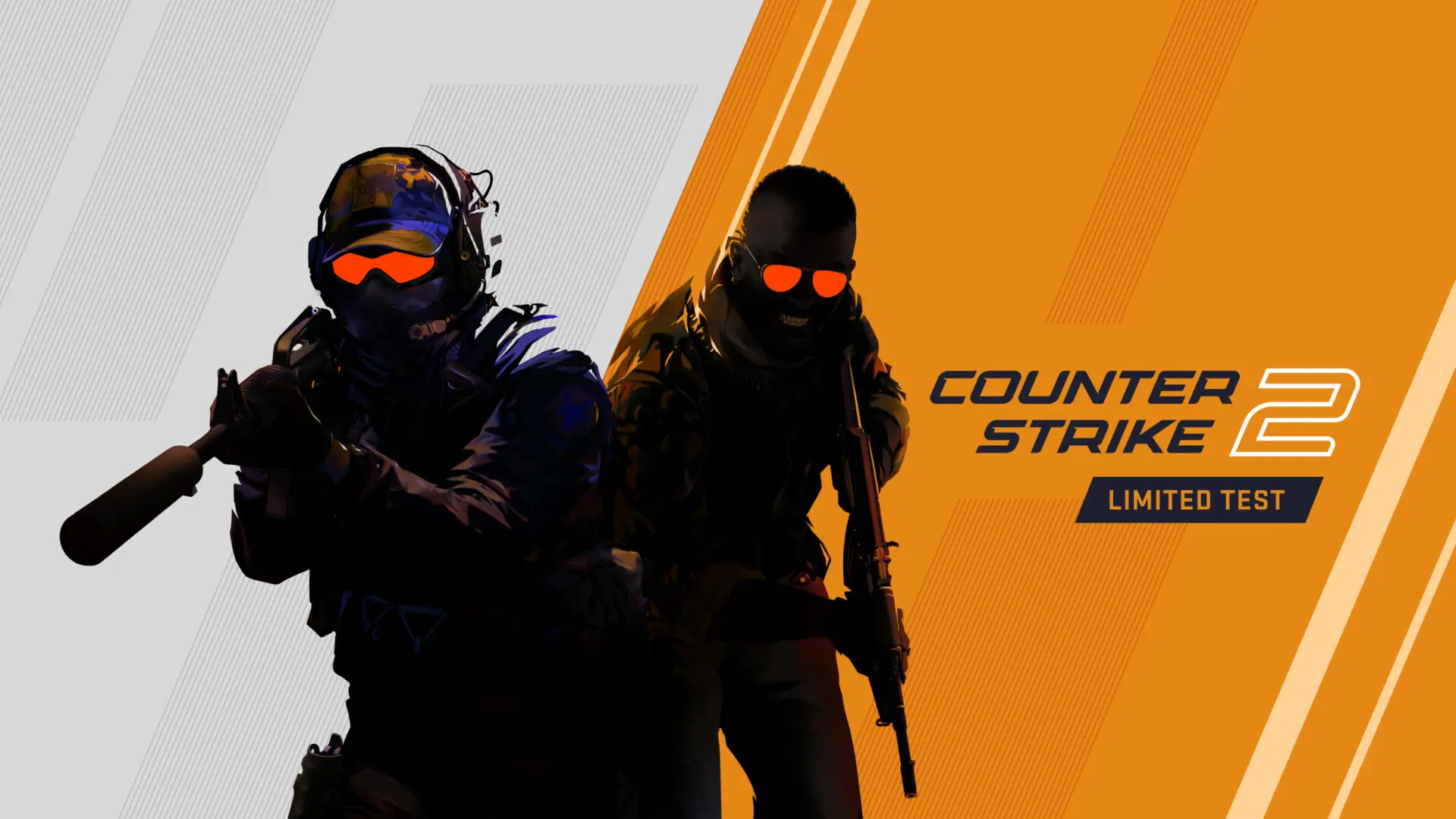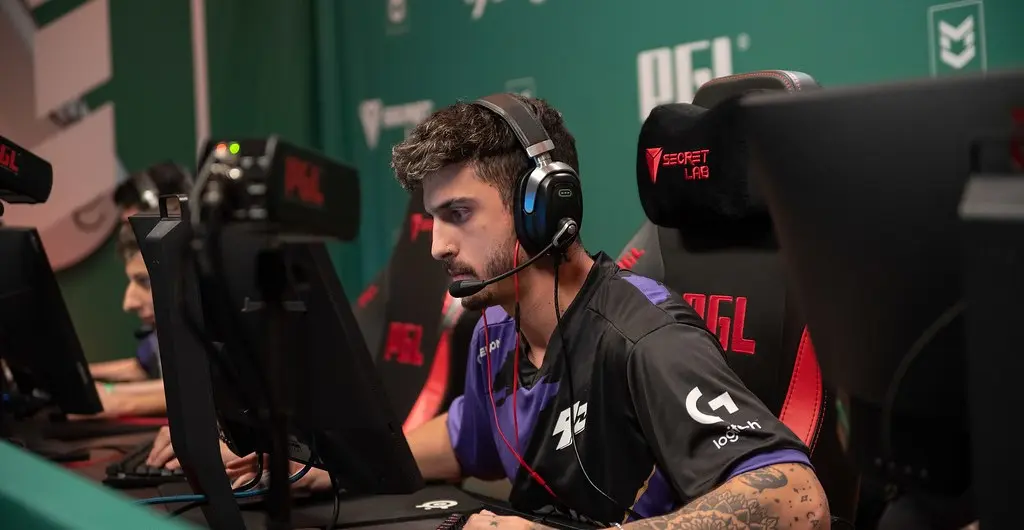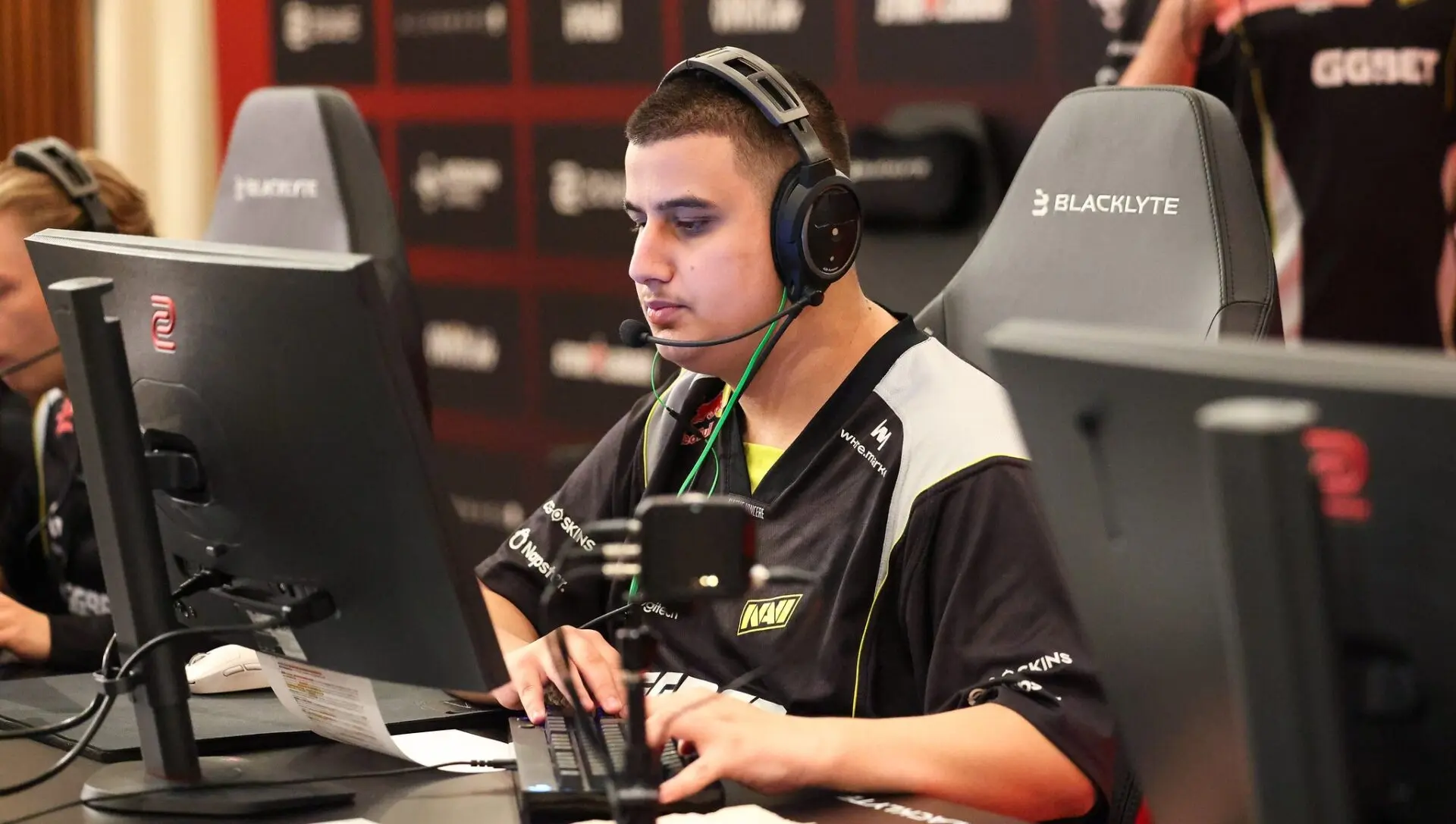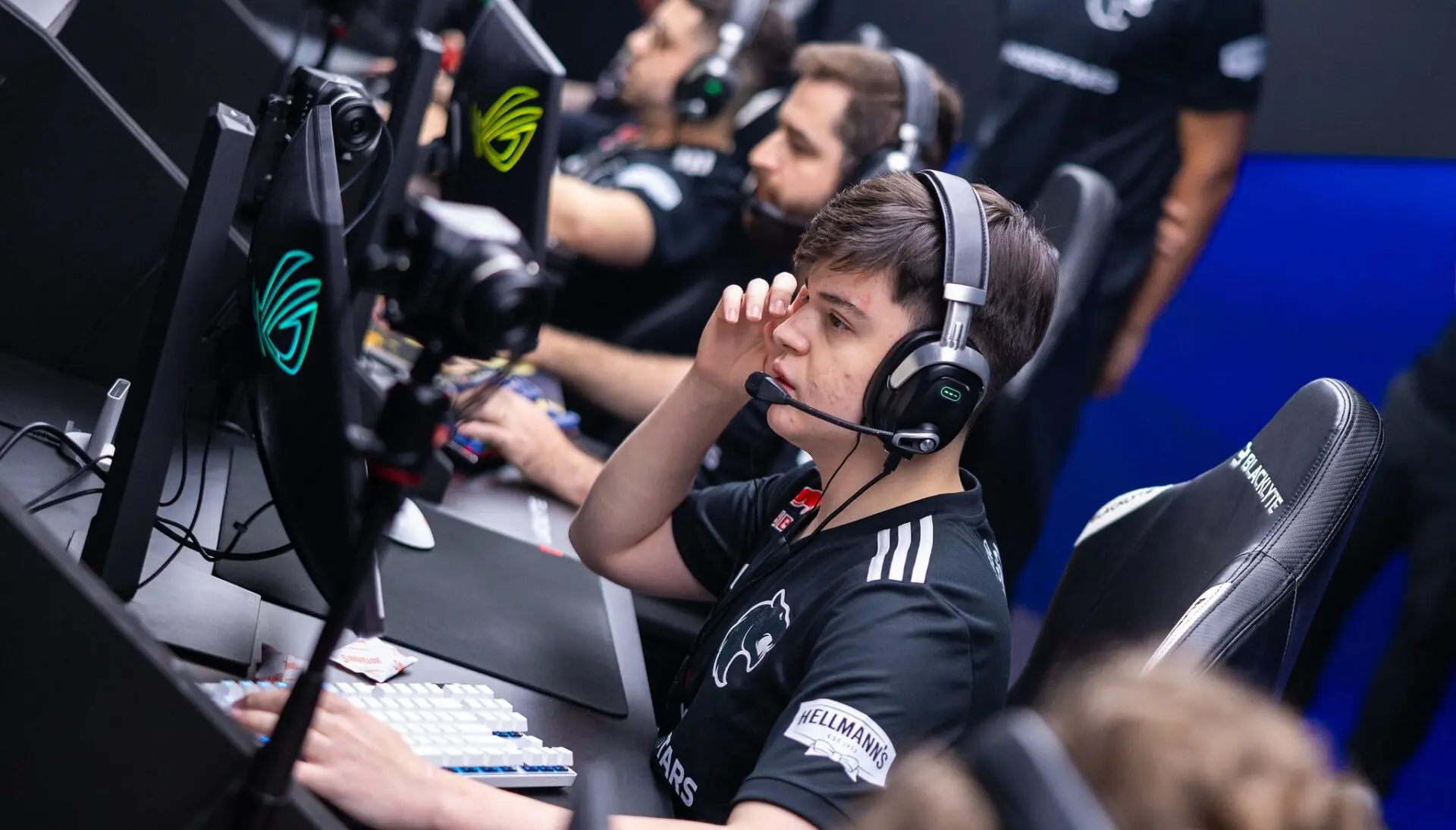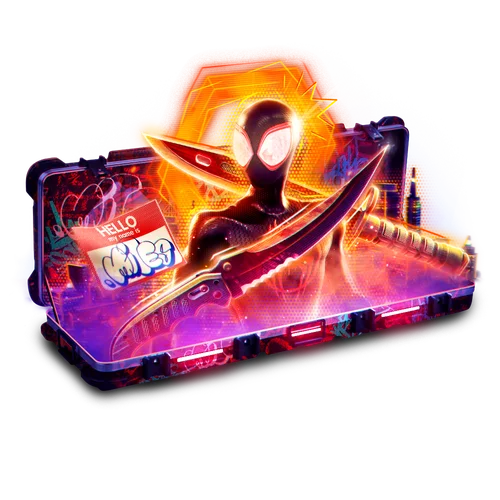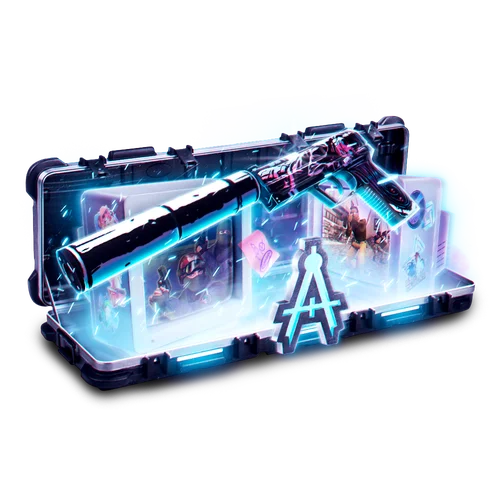The esports world faced a major security breach when the official YouTube channels of Esports World Cup, ESL Counter-Strike, BLAST Premier, and BLAST Rainbow Six: Siege were hacked. Attackers used the accounts to broadcast fake live streams promoting a non-existent “ESL CS2 Memecoin” on the Solana blockchain.
Fake Launch and Edited Streams
Late at night, four major channels suddenly went live with the same title:
ESL CS2 Launches a MEME COIN on Solana?! | Live Breakdown & Hype Stream.
The videos showed a manipulated clip of Gabe Newell, Valve’s founder, edited from an old Steam Deck interview. The edit made it appear as if he was announcing a crypto collaboration with BLAST. A QR code in the corner linked to a fraudulent website that promised viewers a “BLAST Solana Meme Coin” giveaway.
According to Dust2.us, one of these streams reached over 60,000 views in just 20 minutes before deletion. Viewers who scanned the QR code or followed chat links were redirected to a phishing page that asked them to connect their crypto wallets — a move that likely resulted in stolen funds.
read more
How It Happened
Investigators believe the breach came through shared access among contractors who manage social media for ESL, BLAST, and Esports World Cup. One of them likely fell for a phishing message sent via email or Slack, giving attackers access to multiple linked accounts.
With those credentials, the hackers launched identical streams on all platforms using a pre-set template. Such chain-style compromises are becoming common on YouTube, where a single compromised admin can unlock entire corporate networks.
If ESL, BLAST, and Esports World Cup truly share one management system, one infected device is enough to bring everything down, wrote a cybersecurity analyst on X (Twitter).
Can't believe Gabe Newell himself agreed to present the launch of the BLAST Solana meme coin… pic.twitter.com/NgBUGcT6lU
— aqua (@aquaismissing) October 15, 2025
Community Reaction
The community reacted instantly. Confusion mixed with humor flooded social media. Some users made jokes about Gabe Newell “entering the crypto scene,” while others raised alarms about phishing risks.
- “Can’t believe Gabe Newell himself is presenting the BLAST meme coin…” — joked @aquaismissing.
- “Wasn’t that a scam? Warn your followers before they fall for it,” — replied @Kevin111003.
- “The ESL channel got hacked too — what is going on?” — asked @G2cadianN.
Fans also pointed out that similar scams had targeted major brands before — including Tesla, Fortnite, and Rockstar Games. The pattern remains the same: fake launch, official logos, QR code, and a rapid takedown.
read more
Real-World Damage
Even short-lived scams can cause real harm. Anyone who scanned the QR code and linked their wallet may have lost funds. Experts advise viewers to change passwords, enable two-factor authentication, and revoke suspicious app permissions.
Hackers exploit trust,” explained a Dust2.us journalist. “When people see an official BLAST or ESL logo, they rarely question it.
Looks like Valve’s official Dota 2 YouTube channel was hacked by crypto scammers
lmao pic.twitter.com/p82ReIPrWW
— Brad Lynch (@SadlyItsBradley) October 15, 2025
What It Means for Esports
This incident highlights the growing cybersecurity risks facing esports organizations. Social platforms have become vital business assets, not just marketing tools. Losing control — even briefly — can harm both reputation and finances. Analysts expect ESL and BLAST to review access policies, enforce stricter login security, and train staff to detect phishing attempts.
The mass breach of ESL, BLAST, and Esports World Cup channels proves how even top-tier networks remain vulnerable to human error. While the situation was resolved quickly, it serves as a clear warning: in modern esports, protecting digital assets is as crucial as maintaining fair play and player safety.
Always update passwords, avoid suspicious links, and enable two-factor authentication — even when the sender seems trustworthy.




































